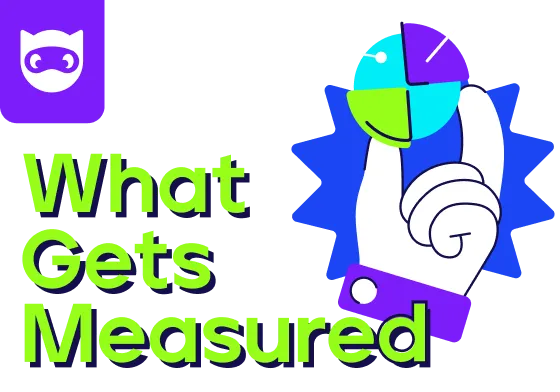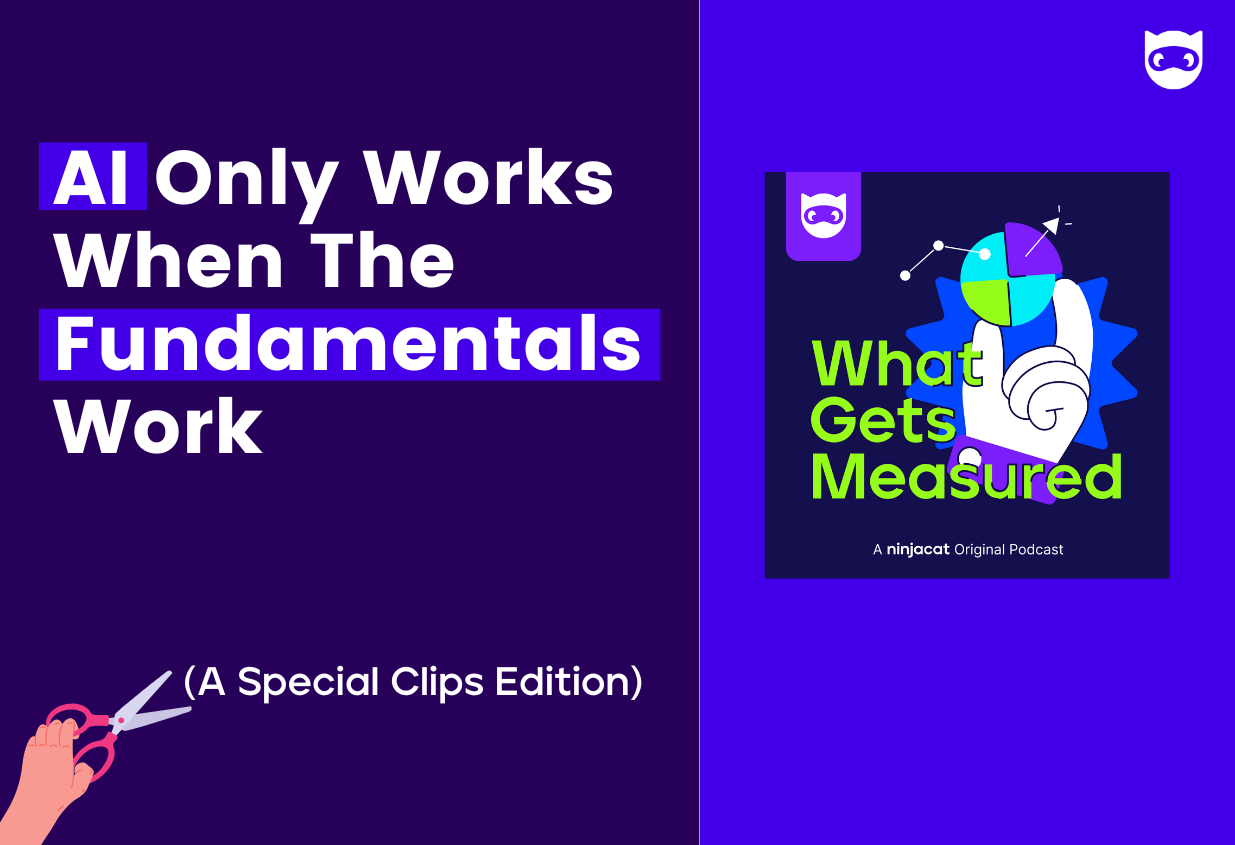Marketing Data Interpretation

The Guest
Kyle Block is the head of research at Gradient Metrics, a company that integrates traditional market research with data science to create models and analyses tailored to clients' unique needs. He’s been a research analyst, worked in the political sector, is packing several data degrees in his belt and he’s here today to talk about marketing data interpretation.
The Art of Marketing Data Interpretation
Kyle starts by addressing the modern challenge of an overload of data and the difficulties that come with interpreting it. "We’re in a world where there’s so much data, no one knows how to make sense of it," Kyle states, emphasizing his experience and expertise helping clients usefully interpret what the results of analysis actually mean.
Our conversation pivoted to Kyle’s critique of the focus in data science on methodology over interpretation, expressing disappointment that "the interpretation of those methods is down weighted," furthering the support for stronger skills in data interpretation.
Marketing Data Interpretation Skills
When asked about the skills necessary for effective marketing data interpretation, Kyle insists on critical thinking about data origins, the populations it claims to represent, and any transformations the data has undergone. He warns of the dangers in AI's "black box nature," stressing the need for transparency in the data's source and transformations. Kyle notes that the hard training of how to interpret statistical models is essential, but he is also a big advocate of applying “the smell test” to intuitively assess data outputs.
“It seems pedestrian to say that ‘a nose for data’ is one of the most important parts of data interpretation,” says Kyle, “But the smell test is key. Does the data smell right? Say you get an output from a model and there is a negative sign in front of it, does that smell right? Being able to know that intuitively and figure out why data might be suspect, before you get into complicated math, can save you from costly mistakes.”
One of the more interesting concepts Kyle discussed was what he refers to as ‘the 3rd third eye,’ which means not only having a sense for interpretable insights, but the intuition on the applicability of that insight. Since there is such a fascination with the models and methodologies within data science, most practitioners don’t put any thought into how the models will be used or the contexts around their application.
“Data should be treated more like we treat humanities,” explains Kyle. “And that means, there is context, philosophy, and implications that go into, and come from, data science. And it doesn’t seem to be like that’s the orientation that goes into any data science training.”
Demystifying Data for Clients
Kyle shares Gradient Metrics' approach to clarifying data for clients, which includes creating mock-ups of potential analysis outputs and engaging clients in interpretation exercises. "It’s taken us years to de-risk uninterpretable data presentations," he admits, emphasizing the importance of preparatory work to ensure meaningful insights.
A Case Study in Integrating Market Research and Data Science
Highlighting a project for a global client aiming to attract young brand fans, Kyle describes leveraging drivers and brand attributes analysis to understand market-specific considerations. "We developed a statistical model for every country and found that what matters in this market is not what matters in that market," he explains, revealing how this tailored approach unveiled discrepancies between the brand's self-perception and market drivers.
The interview underscores the significance of a thoughtful, context-aware approach to marketing data interpretation. By prioritizing clarity, critical questioning, and the practical application of methodologies, marketing professionals can navigate the complexities of data to unveil actionable insights and strategic directions.
The Links
LISTEN TO THE FULL SHOW -> Stay tuned, stay curious and subscribe to What Gets Measured on Apple Podcasts, Spotify, YouTube or add it as a Favorite on your podcast player of choice.




.png)
